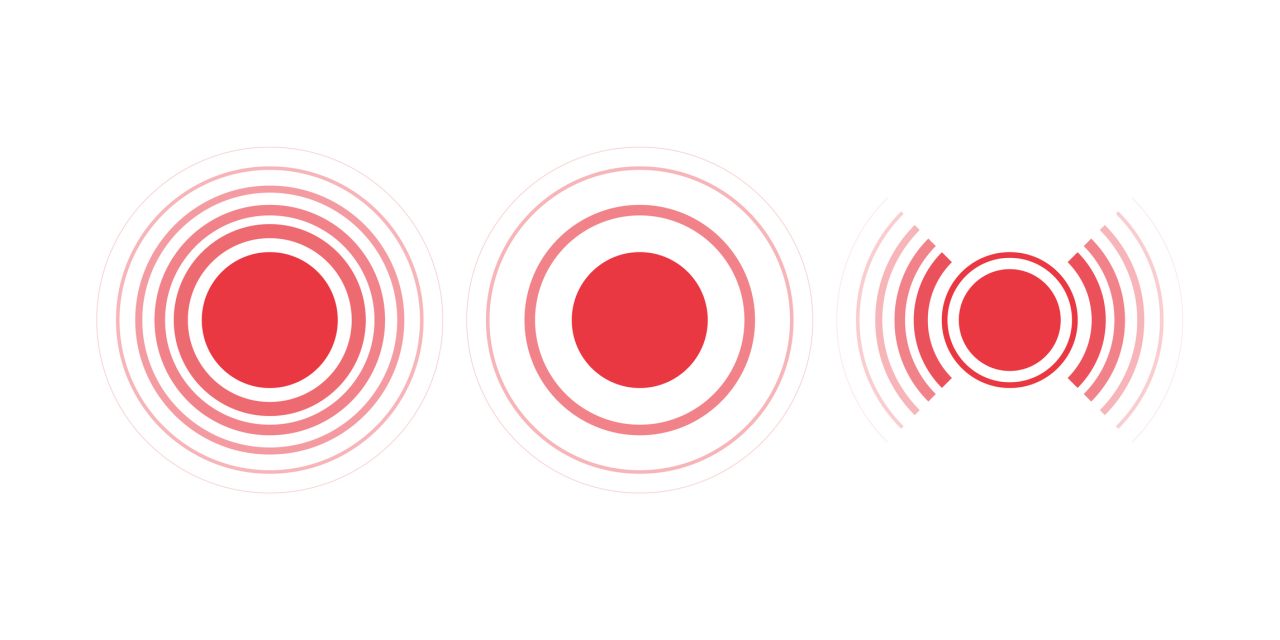are succinct, operational versions of evidence-based guidelines. Studies have demonstrated pathways improve quality of care for children hospitalized with asthma, but we have limited information on other key factors to guide hospital leaders and clinicians in pathway implementation efforts. Our objective was to evaluate the adoption, implementation, and reach of inpatient pediatric asthma pathways.
This was a mixed-methods study of hospitals participating in a national collaborative to implement pathways. Data sources included electronic surveys of implementation leaders and staff, field observations, and chart review of children ages 2-17 years admitted with a primary diagnosis of asthma. Outcomes included adoption by hospitals, pathway implementation factors, and reach of pathways to children hospitalized with asthma. Quantitative data were analyzed using descriptive statistics and multivariable regression. Qualitative data were analyzed using thematic content analysis.
Eighty-five hospitals enrolled; 68 (80%) adopted/completed the collaborative. These 68 hospitals implemented pathways with overall high fidelity, implementing a median of 5 of 5 core pathway components (Interquartile Range [IQR] 4-5) in a median of 5 months (IQR 3-9). Implementation teams reported a median time cost of 78 hours (IQR: 40-120) for implementation. Implementation leaders reported the values of pathway implementation included improvements in care, enhanced interdisciplinary collaboration, and access to educational resources. Leaders reported barriers in modifying electronic health records (EHRs), and only 63% of children had electronic pathway orders placed.
Hospitals implemented pathways with high fidelity. Barriers in modifying EHRs may have limited the reach of pathways to children hospitalized with asthma.
Implementing Pediatric Inpatient Asthma Pathways.


